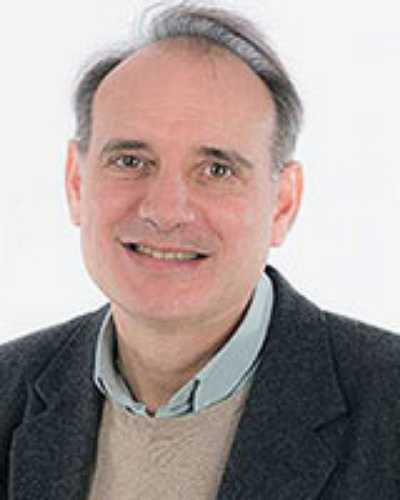Now published, see the full article 
Early Abstract:
Introduction: In various countries, a shortage of general practitioners (GPs) and worrying health statistics on risk factors, morbidity and mortality have been observed in rural areas. However, few comparative data are available on GPs’ activities according to their location. The aim of this study was to analyze French GPs’ activity according to their rural or urban practice location.
Methods: This study was ancillary to the ECOGEN study, which was a cross-sectional, multicenter, national study conducted in 128 French general practices in 2012. Data were collected by 54 interns in training during a period of 20 working days from December 2011 to April 2012. The GPs’ practice location was classified as: rural areas, urban clusters, and urban areas. The International Classification of Primary Care (ICPC-2) was used to classify reasons for encounter, health problem assessments, and processes of care. We performed univariate analyses for all dependent variables, then multivariable analyses for key variables, using hierarchical mixed-effect models.
Results: The database included 20613 consultations. The mean yearly number of consultations per GP was higher in rural areas (<0.0001), with a shorter consultation length (<0.0001). No difference was found for GPs’ sex (p=0.41), age (p=0.87), type of fees agreement (p=0.43), and type of practice (p=0.19) according to their practice location. Urban patients were younger, with a lower percentage of patients over 75 years old (p<0.001). GPs more frequently consulted at patient’s home in rural areas (p<0.0001). The mean number of chronic conditions managed was higher in rural areas and urban clusters than in urban areas (p<0001). Hypertension (p<0.0001), type 2 diabetes (p=0.003), and acute bronchitis/bronchiolitis (p=0.01) were more frequently managed in rural areas than in urban clusters and areas. Health maintenance/prevention (p<0.0001) and no disease situations (p<0.0001) were less frequent in rural areas. Drug prescription was more frequent in rural areas than in urban clusters and areas (p<0.0001). Multivariable analysis confirmed the influence of a GP’s rural practice location on the consultation length (p<0.0001), on the number of chronic conditions per consultation (p<0.0001) and on the number of health maintenance/prevention situations (p<0.0001), and a trend towards a higher yearly number of consultations per GP (p=0.09).
Conclusions: French rural GPs tend to have a higher workload. Rural patients have more chronic conditions to be managed but are offered less preventive services during consultations. It is necessary to increase the GP workforce and develop cooperation with allied health professionals in rural areas.


